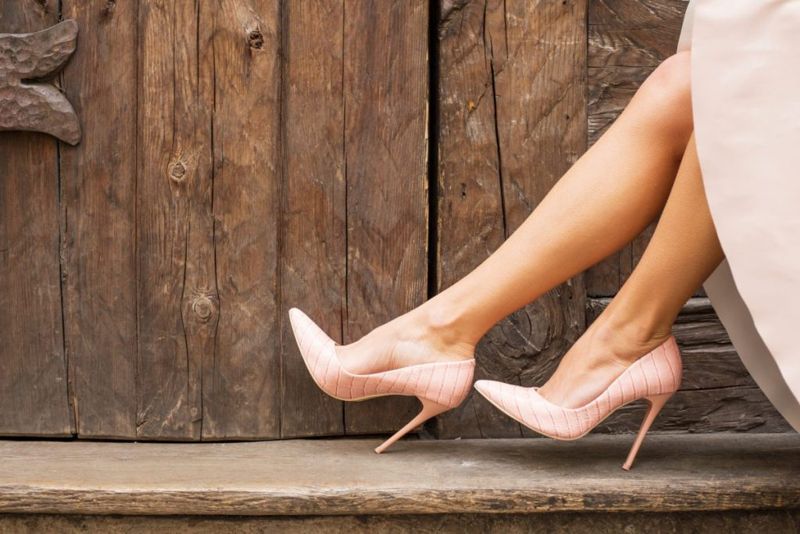When it comes to women shoes, there is often a common misconception that women's shoes are simply smaller versions of men's shoes. However, this is not the case. Women's shoes are designed differently than men's shoes, and there are several key differences that make them fit differently.
One of the most significant differences between women's shoes and men's shoes is the shape of the heel. Women's shoes typically have a narrower heel than men's shoes. This is because women's feet are generally wider at the heel than men's feet. A narrower heel allows for a better fit and more stability for women.

Another difference between women's shoes and men's shoes is the shape of the toe box. Women's shoes typically have a wider and more pointed toe box than men's shoes. This is because women's feet are generally wider at the toes than men's feet. A wider toe box allows for more room in the front of the shoe, which can help prevent rubbing and discomfort.
The arch of the foot is also an important factor in the design of shoes. Women's shoes typically have a higher arch than men's shoes. This is because women's feet tend to have a higher arch than men's feet. A higher arch can provide additional support and comfort for women.

Women's heels are also designed differently than men's shoes, they have a different heel height, shape, and width. Women's heels are often taller and thinner than men's shoes, which can make them more unstable and difficult to walk in. Additionally, the heel shape of women's heels can also be different than men's shoes, for example, stilettos have a different shape than men's shoes.
Another factor that contributes to the differences in fit between women's shoes and men's shoes is the overall shape of the foot. Women's feet are typically wider at the heel and narrower at the toes, while men's feet are generally more straight and narrow. This difference in shape can make it more difficult to find a comfortable and supportive fit for women.

In addition to these differences in design, women's shoes are also often made with different materials than men's shoes. For example, women's shoes are often made with softer, more flexible materials than men's shoes, which can make them more comfortable for women to wear.
Another factor that contributes to the differences in fit between women's shoes and men's shoes is the sizing system. Men's shoes are often sized using a standard system, whereas women's shoes are often sized using a more complex system that takes into account the width and shape of the foot. This can make it more difficult for women to find the right size shoe.
Despite these differences, it is important to note that the fit of a shoe is not just about the design and size, it also depends on the individual. Every person's feet are unique and what may be comfortable for one person may not be comfortable for another. Therefore, it's always important to try on shoes and walk in them before making a purchase.
In conclusion, women's shoes are designed differently than men's shoes, and there are several key differences that make them fit differently. The shape of the heel, toe box, arch, heel height, and materials used in women's shoes are all different than men's shoes. Additionally, the overall shape of the foot, and the sizing system used for women's shoes can also contribute to the differences in fit. However, it is important to remember that the fit of a shoe is not just about the design and size, it also depends on the individual, so it's always important to try on shoes and walk in them before making a purchase.



